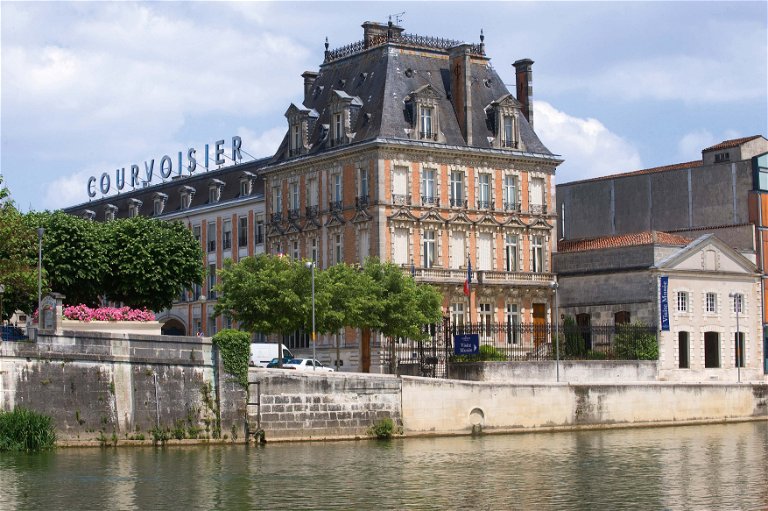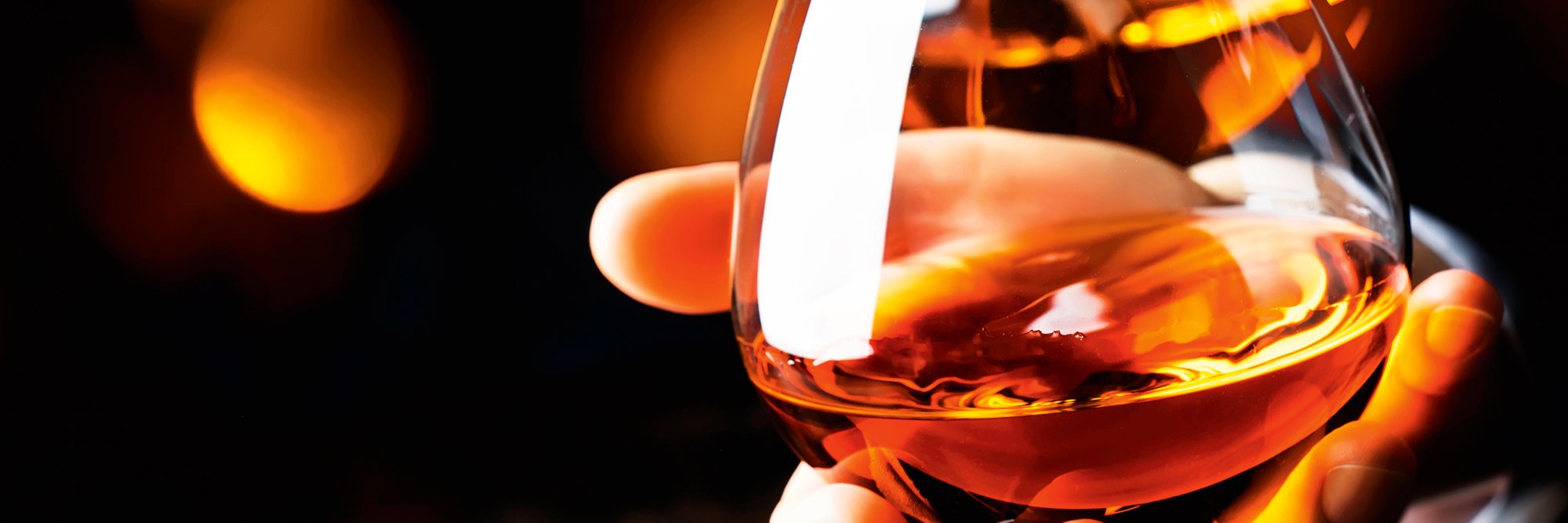Exquisite elegance: Cognac has shed its dusty old man image
From luxury goods to image problems and the comeback of cognac as a drink of the black hip-hop scene: today, the great challenge for cognac houses is to provide the right products for the continuing bar trend.
Le Cognac, ce n'est pas qu'une affaire de goût ... c'est toute une affaire d'Art. (François Peyrot)
The art of making distillates from fine white wines and perfecting them through barrel-ageing has long been practiced in the far west of France. As early as the 13th century, Dutch traders who had bought salt on the upper reaches of the Charente river took wine from the area around the town of Cognac with them. Distillation was introduced to preserve it for the long sea voyage. Although it was no longer possible to dilute the distillate to a reasonable result, the new product soon enjoyed great popularity. In the 18th century, trading houses were built, some of which still exist today. Many expelled Protestants from France settled on the other side of the Channel and began to maintain links with their old homeland through trade relations. In addition, Englishmen kept coming to the region and played a key role in the development of cognac production.
Names such as Hennessy and Hine bear witness to this, and Henri Delamain's grandfather, who founded the house of the same name in 1824, had also immigrated from Ireland. A flourishing business in the 19th century, Cognac was already being exported in bottles all over the world but experienced a sudden slump with the arrival of phylloxera in 1875. The harvests were destroyed and new strategies had to be developed to get production going again. After the First World War, the area was precisely demarcated for the first time and the name Cognac was protected. In the interwar period, the Appellation d'Origine Contrôlée was defined for Cognac, which lays down precise rules for production. In 1946, the Bureau National Interprofessionnel du Cognac (BNIC ) began operations. This association of winegrowers, distillers and Cognac houses guarantees compliance with the regulations to this day.
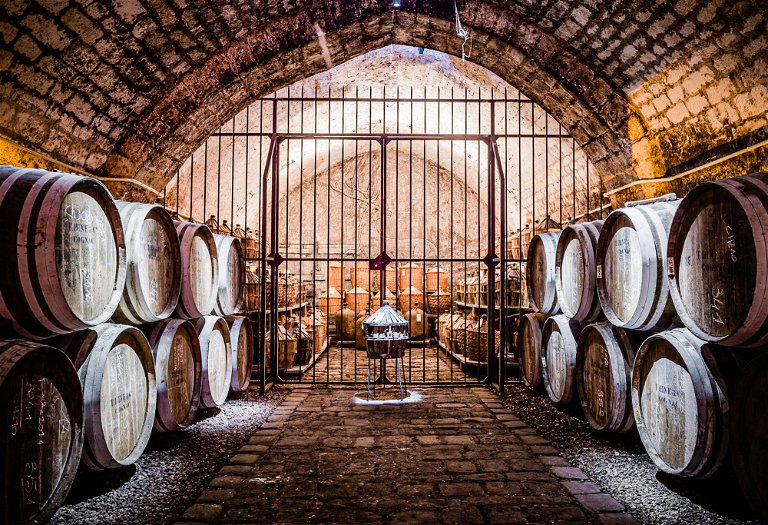
A small image problem?
After the Second World War, however, a challenging phase began for the strongly export-oriented manufacturers. Sales stagnated worldwide, particularly in the 1970s and 1980s, as vodka was increasingly perceived as a trendy spirit and displaced aged spirits and gin in the world's cocktail bars. The image of the noble, but very expensive and somewhat dusty spirit, which is only drunk by white men by the fireside, has always been attached to cognac. At the beginning of the 2000s, support came from an unexpected source: in 2002, the American rapper Busta Rhymes released the song "Pass the Courvoisier", thus manifesting the role of cognac as a drink of the black hip-hop scene, which had existed in rudimentary form since the 1990s. Collaborations between the scene and cognac houses have been known ever since. In 2012, rapper Jay-Z launched his own cognac brand, D'ussé, in collaboration with the Bacardí Group (owner of Cognac Otard). He recently sold his shares for a three-digit million dollar sum, but is still the face of the of the brand.
Cognac as a luxury product
Of course, Cognac is still a luxury product today. Bottlings such as Rémy Martin's famous Louis XIII enjoy cult status. There is a corresponding demand for these ultra-premium products, particularly in the growth markets in Asia, but these high-end products still make up a relatively small proportion of the total volume. The majority of production is of V.S. and V.S.O.P. quality.
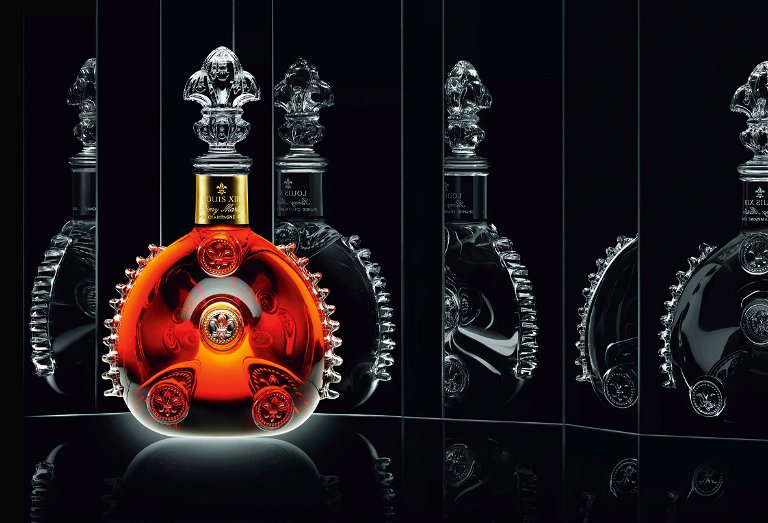
New ways
The biggest challenge for cognac houses at the moment is probably to provide the right products for the continuing bar trend. While the Armagnac producers in Gascony see the potential in the restyled eaux de vie and have launched the restyled Blanche Armagnac on the market, they want to take a different approach in Charente. The House of Hine, named after an English immigrant who married into a Cognac family at the beginning of the 19th century, has developed a special V.S.O.P. Cognac for the bars. H by Hine is in a Bartender-friendly bottle, convinces visually with a noble and at the same time cool design and reminds with the propagation of the "Hineballs" to the use of cognac in long drinks. "It works wonderfully in terms of taste," says the experienced bartender Kan Zou, owner of the "The Sign Lounge" in Vienna, "because traditionally, cognac-based cocktails have been made since the middle of the 19th century."
In fact, cocktail historians attribute the invention of the Sazerac cocktail to Antoine Amedée Peychaud, who started out as a barista in 1838, then shopkeeper and pharmacist in New Orleans, and also created the Orange Bitter named after him. For the Sazerac, he first used absinthe, with which the glass was avinated. Cognac, sugar syrup and splashes of his own bitters were poured back and forth between two metal containers, a technique that is currently experiencing a renaissance under the term "throwing". When the cheaper rye whisky became increasingly popular, it served as the basis for the drink. English bartender and cocktail writer Simon Difford has developed his own recipe combining cognac and rye whisky.
The House of Martell also uses a V.S.O.P. quality as the basis for the Blue Swift Spirit to develop new expressions. Subsequent maturation in former bourbon whisky barrels gives it a further flavour dimension, with vanilla, a hint of coconut and a very soft finish. However, as BNIC regulations only allow new oak barrels or barrels pre-filled with wine-based liquids to be used for storage, Martell's Blue Swift is not allowed to use the word Cognac on the label. Bache Gabrielsen, a smaller house that bears the name of the Norwegian Thomas Bache-Gabrielsen, who came to Cognac as a young man around 100 years earlier and later married a local lady, takes advantage of the BNIC's barrel regulations. The bottling "American Oak" is finished in new American white oak barrels and is therefore still a Cognac. Here too, Master Blender Jean-Philippe Bergier focuses on the softness of the barrels.
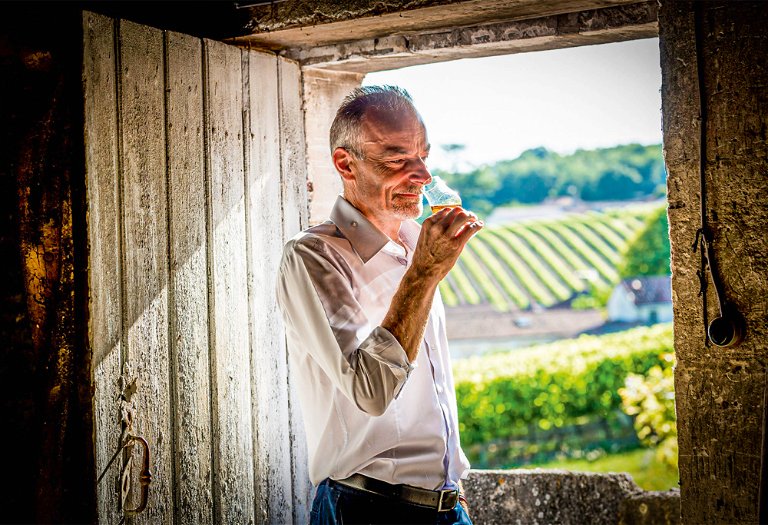
Cognac Education
It is not easy to grasp the great diversity and complexity of cognac. For this reason, the BNIC has been training specialists to become mediators of Cognac culture for some time now. Around 80 people worldwide (7 in Germany, 2 in Austria, 1 in Switzerland) who have been invited by the BNIC after years of working with cognac in the spirits industry in their respective countries, can currently call themselves Cognac Educators. After intensive on-site training and visits to many different cognac houses, vineyards, distilleries and cooperages, the candidates take an exam. After successfully completing the course the new Cognac Educators are encouraged to promote the Cognac culture at events and training courses, both among professionals and the general public.
